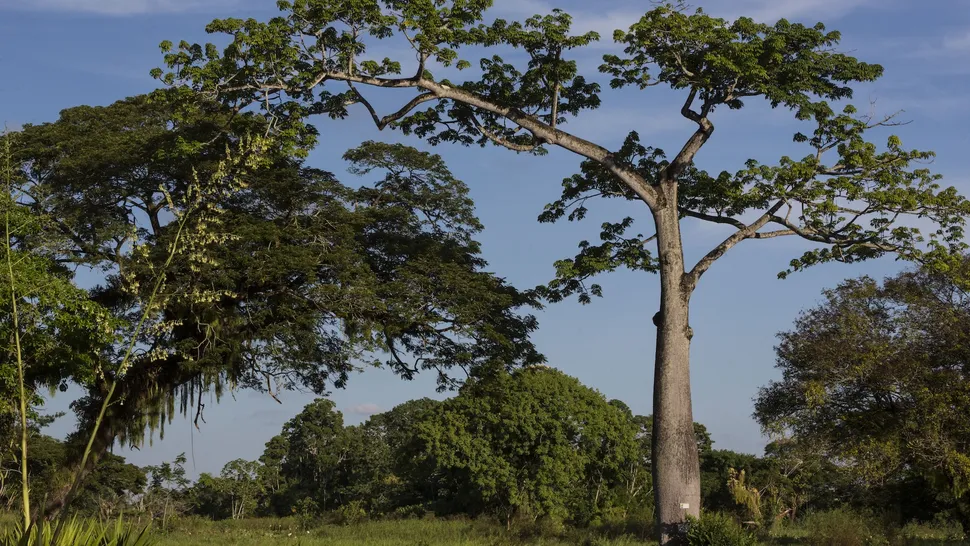Wild gorillas eat the same tree bark used by traditional healers, which can inhibit the growth of E. coli in petri dishes, according to a new study.
In the lush woodlands of Gabon’s Moukalaba-Doudou National Park, wild gorillas were observed munching on several plants that traditional healers in the region also use. Scientists have discovered that these plants exhibit antibacterial properties in laboratory tests, raising hopes for new treatments for antibiotic-resistant infections.
In a recent study published in PLOS One on September 11, researchers documented the diet of western lowland gorillas (Gorilla gorilla gorilla) and compared it with plants used in traditional medicine by local healers from the nearby village of Doussala. The study aimed to uncover how these gorillas, which carry drug-resistant strains of Escherichia coli without showing illness, might be benefiting from their diet of tree bark and other plants.
The researchers identified four plant species both consumed by the gorillas and used in traditional medicine: the fromager tree (Ceiba pentandra), giant yellow mulberry (Myrianthus arboreus), African teak (Milicia excelsa), and fig tree (Ficus). These plants are utilized in traditional treatments for conditions like coughs, stomach ulcers, diarrhea, and fatigue. Although tree bark isn’t a primary food source for gorillas—who predominantly eat fruit—it serves as a fallback food when preferred options are scarce.
The team prepared extracts from the bark of these trees and tested their effects on drug-resistant E. coli strains found in the gorillas. All four types of bark exhibited antibacterial properties, with the fromager tree’s bark showing the most significant effect by inhibiting all 10 E. coli strains tested.
The extracts also contained compounds such as phenols, alkaloids, flavonoids, and proanthocyanidins, known for their anti-inflammatory, anesthetic, and antiviral properties. These findings suggest that these plants could potentially be developed into treatments for multidrug-resistant bacterial infections in humans.
Despite the promising results, the researchers have yet to study the direct effects of these plants on gorillas’ health or determine how different doses might impact them. Other great apes have been observed using plants with medicinal properties, like chimpanzees eating leaves to clear gut parasites and orangutans applying leaves to wounds, mirroring traditional medicine practices.

While the idea of using plants based on gorilla diets is intriguing, primatologist Jessica Lodwick cautions that human responses to these plants may not be identical. Further research is needed to understand how these substances affect both gorillas and humans and to ensure safety.
“Although there is significant promise, we must be cautious,” Lodwick noted. “We still need to conduct toxicity studies to confirm safety. Protecting these plants is crucial, as losing them could mean losing valuable resources in nature’s pharmacy, which impacts both humans and wildlife.”
The study underscores the potential of natural remedies and the importance of conserving the habitats that provide these medicinal plants, highlighting the intricate connections between wildlife health, traditional medicine, and human well-being.
